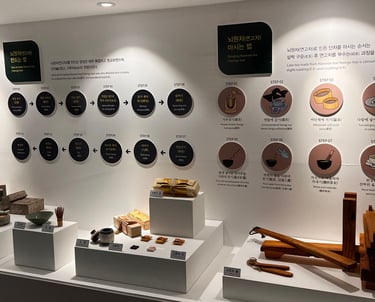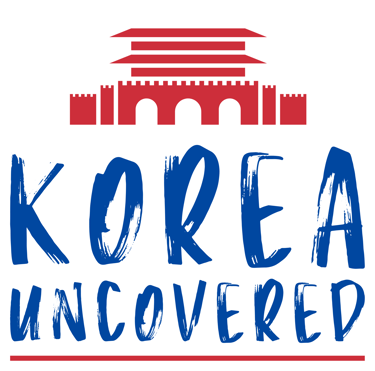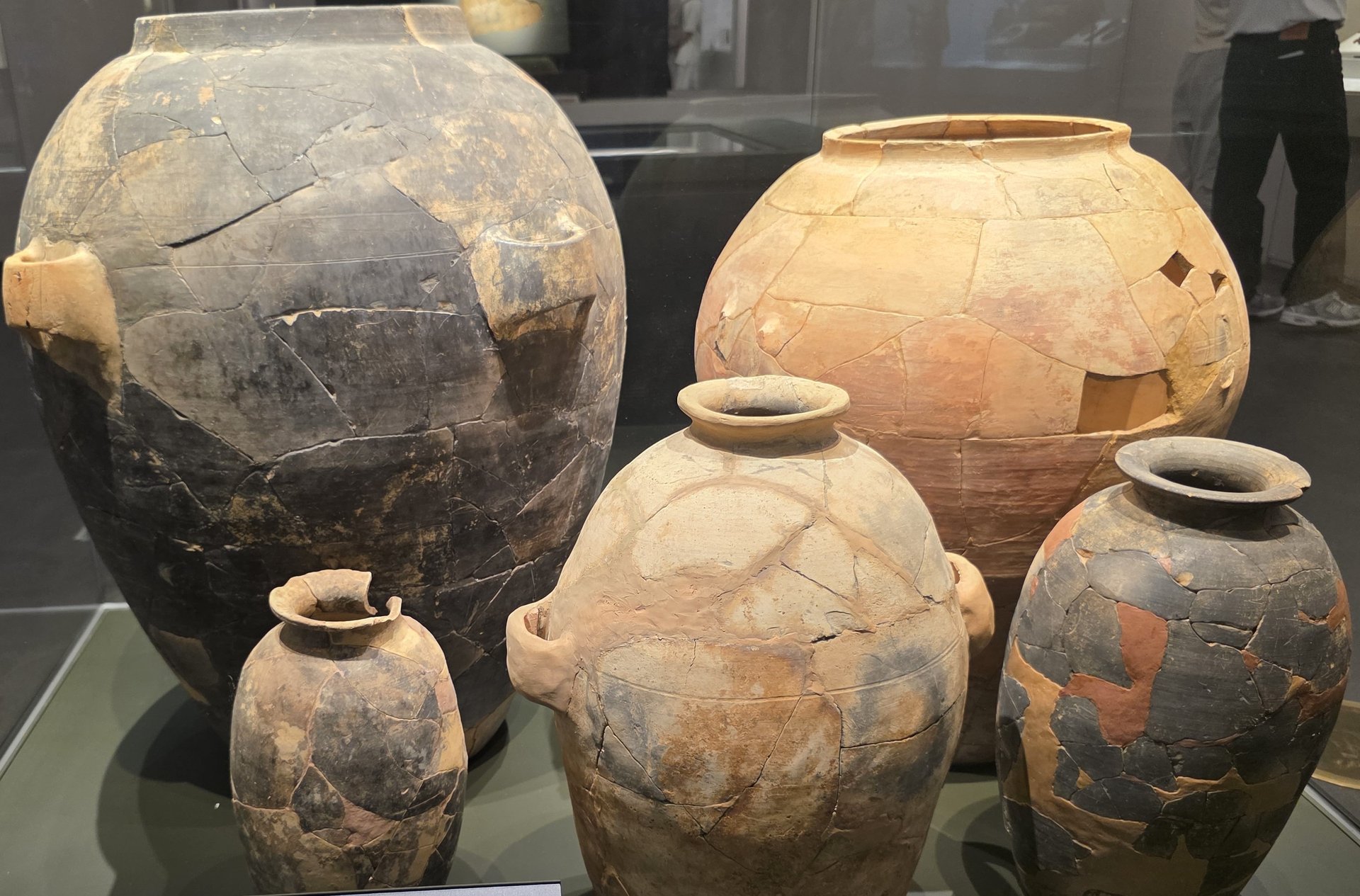
Museums
If you prefer to view museums and sites by location then click here.
Buyeo National Museum
Buyeo National Museum is in Buyeo-eup, the capital of Buyeo County and is within easy walking distance other cultural heritage sites, such as Gungnamji Pond, Jeongnimsa Temple and Jeongnimsari Museum. It is a relatively small museum, but it is jam packed full of interesting artefacts found in the area. Around half of the museum is devoted to Baekje pieces, as Buyeo was the capital during the Baekje Kingdom Sabi period (538 to 660 CE). The museum has four main halls as well as an outside area that houses stele and other stone pieces. The first area focuses on the prehistoric and ancient culture of Buyeo, the period before it was the Baekje Kindgom capital. There are really nice examples of stonework, metalwork, jewellery, pottery and even some very interestingly shaped iron ritual rattles.
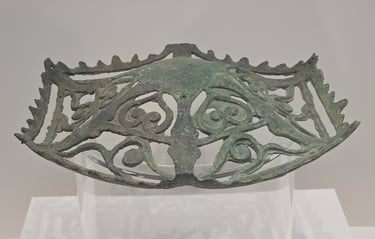





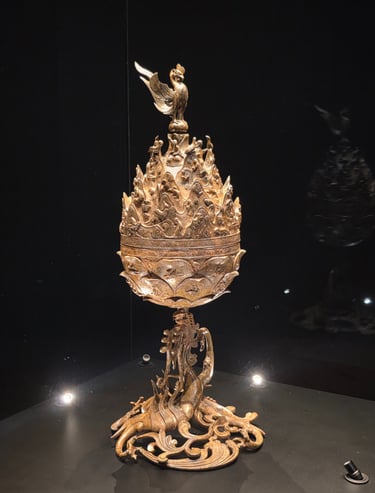

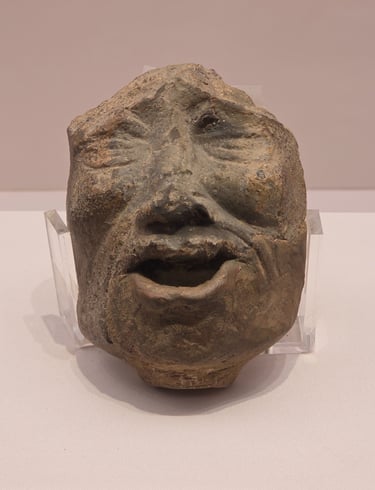

The second hall has items that are specific to the Baekje Sabi period and some of these pieces really showcase the beautiful craftmanship of the time, including gold ornaments and the ornate gilt-bronze incense burner of Baekje, which was found at the Neungsan-ri temple site, and which now exists as archaeological remains next to Buyeo Royal Tombs Park. The third hall focuses on Buddhism during the Baekje Kingdom period, displaying many artworks, large and small. This section also introduces different kinds of patterned tiles and has some beautiful examples of bronze work, including an ornate open bronze lid and a miniature pagoda. The fourth and final hall is full of donated items of different periods and geographical locations, including a beautiful collection entitled In Praise of Gifts. The Cobalt Hue in Blue and White Porcelain which showcases 20 Joseon Dynasty pieces that have never before been displayed.


Daehan Empire History Museum
The Daehan Empire History Museum is located in the building known as Seokjojeon within the grounds of Deoksugung Palace in Seoul. Seokjojeon is a western style stone built palace that was commissioned by King Gojong, who reigned between 1863 and 1907. It was designed at the end of the nineteenth century by a British architect named John Reginald Harding. Construction began in 1900 and was completed in 1910 - the year when Japanese colonial rule began. The building, as well as the palace and its grounds, underwent various transformations in the years that followed. Seokjojeon was occupied by different groups, has been used as a museum, was subject to an attempted restoration and then finally was restored based on archival research and opened to the public in 2014. It is now a living history museum.
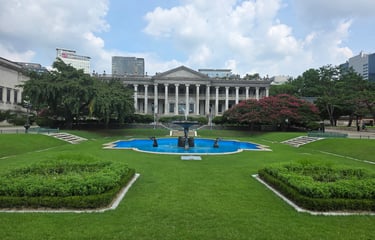

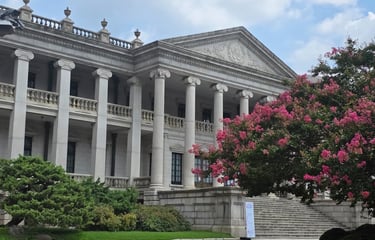

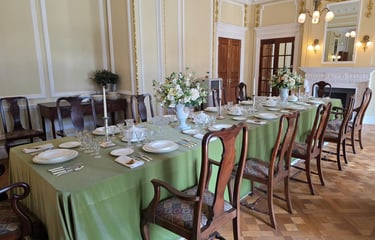

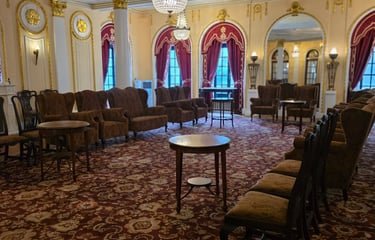

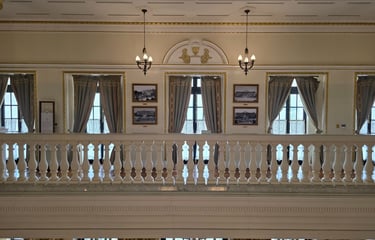

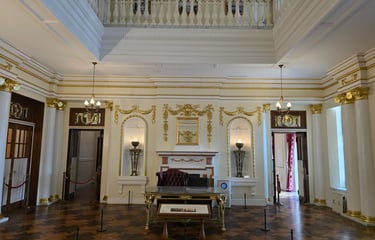

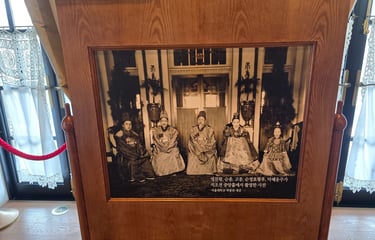

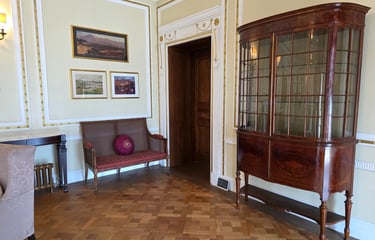

The museum showcases the building and its interior in what is believed to be its original form. Seokjojeon is not open for general access so you must sign up for a guided tour to gain entry. A visitor services guide will walk you through the two floors of the building, focusing on different rooms and then the balcony area, telling stories about items in the rooms, the visitors, the king and the royal family, what was happening in Korea during the various stages of Seokjojeon's use and even the kinds of foods that banquet guests ate. Historical photographs are also displayed throughout the building. Many of the fixtures and fittings are based on what is shown in those and other photographs whilst display panels helpfully illustrate which pieces of furniture are original and which are not. The view from the first floor balcony area gives a great overview of the whole Deoksugung Palace area, reminding visitors of the two very different architectural styles coming together in one place.

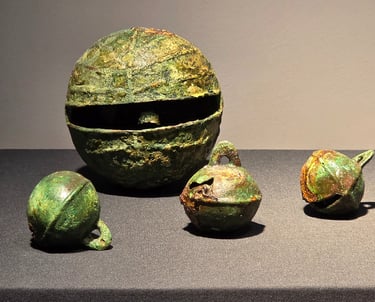
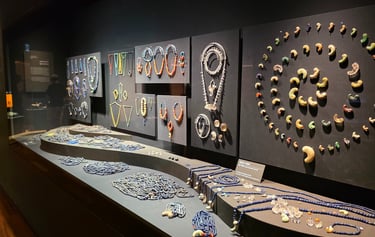

Gyeongju National Museum
Gyeongju National Museum lies within walking distance of many of Gyeongju's iconic cultural heritage sites. It is a big museum and has a diverse collection of interesting and beautiful artefacts, so set aside plenty of time to explore. Gyeongju was the capital during the Silla (57 BCE – 676 CE) and Unified Silla (676-935 CE) periods, which is around 1,000 years of history, so the museum houses many pieces. It has five different permanent exhibition spaces set across different buildings - Silla History Exhibition Hall, Silla Art Exhibition Hall, Wolji Exhibition Hall, Treasury of the Silla Millennium and an outdoor exhibition area. There is also a temporary exhibition space. Silla History Exhibition Hall focuses on Silla's origins and development, its use of gold with some fantastic examples including crowns and jewellery, and its role as a state. This space also includes a large donated collection. Silla Art Exhibition Hall houses many pieces of beautiful Buddhist sculpture, large and small, and has a digital gallery. In Wolji Exhibition Hall you can see various items found at nearby Donggung Palace and Wolji Pond. The Treasury of the Silla Millennium area is a storage facility housing artefacts from the wider Gyeongsang-do area whilst the outdoor area showcases various stone objects. This is a great museum to visit and it is very easy to spend hours exploring the collections in each of the different buildings. Luckily, there are also plenty of rest spaces inside and out to take a break.
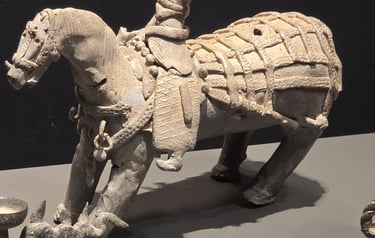

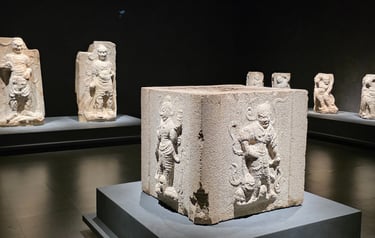

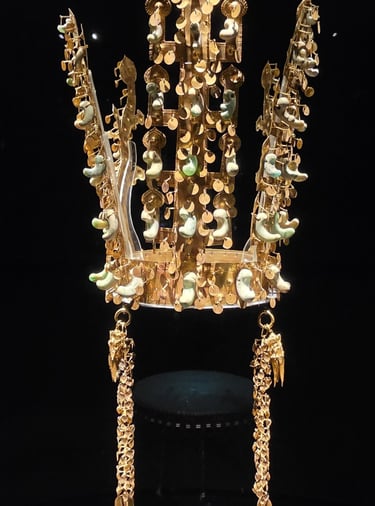

National Folk Museum of Korea
The National Folk Museum of Korea can be found in the grounds of Gyeongbokgung Palace in Seoul. It is worth noting that the museum focus does not relate to Gyeongbokgung Palace itself, which is of a much earlier date. There are three permanent exhibitions. The first is The Beginning of K-Culture, which introduces visitors to various aspects of Korean culture. The second is A Year in Korea, which explains the lives of people during the 19th and 20th centuries and is based around the four seasons. The third is Korean Life Passages, which presents various important parts of Korean life from the Joseon Dynasty to the 20th century, including birth, education, marriage and ancestral rights. The museum also has a number of outdoor exhibitions that introduce places from different time periods that were part of everyday life for the people of South Korea.
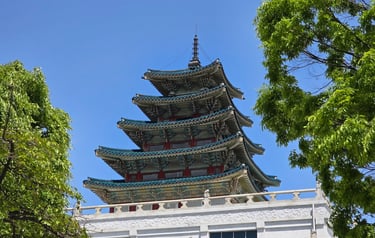

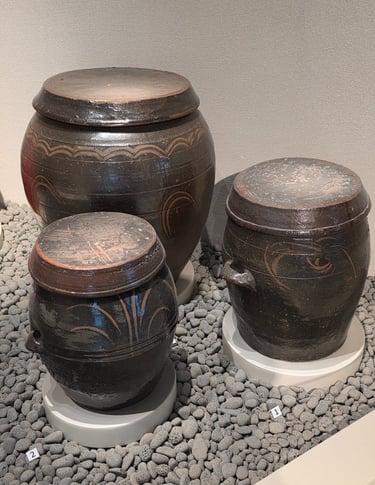

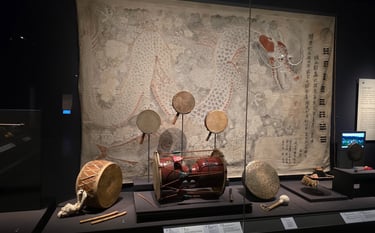

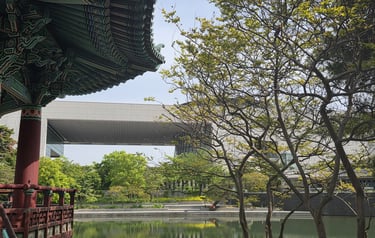

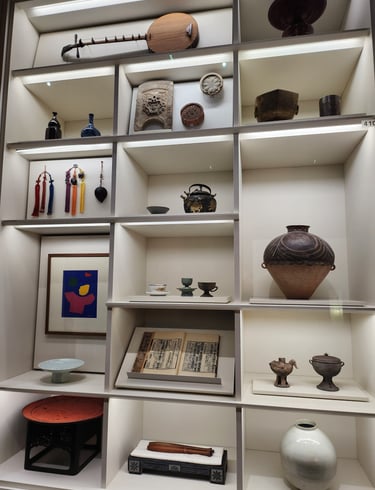

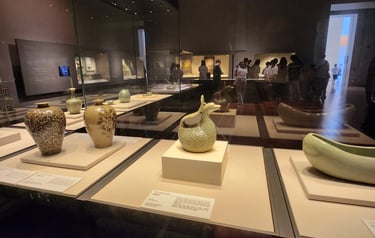


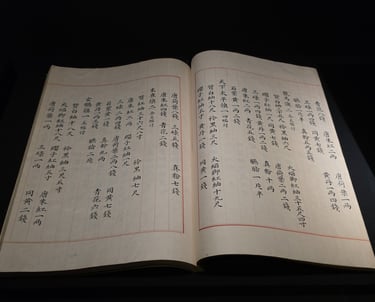
National Museum of Korea
The National Museum of Korea is an absolute delight to visit if you want to know more about South Korea's history and development up to the end of the Korean Empire. The museum is set in a lovely open plaza area that has lots of seating and a pond as well as a convenience store and a coffee shop. The National Hangul Museum (currently closed for renovation) is in the same area, and just a short walk away you will find Yongsan Family Park. The main museum space is made up of two areas: a permanent exhibition hall and a special exhibition gallery. The permanent exhibition hall consists of three floors. The first floor houses Korean history galleries that are split by time period from prehistory up to the Korean Empire. The second floor houses donated works and calligraphy and painting, whilst the third floor focuses on world art, sculpture and crafts. There are also immersive digital galleries on the first and second floors.
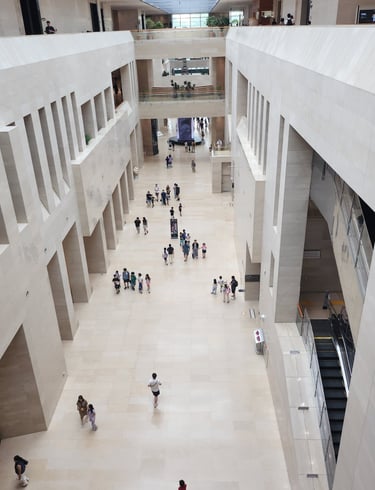


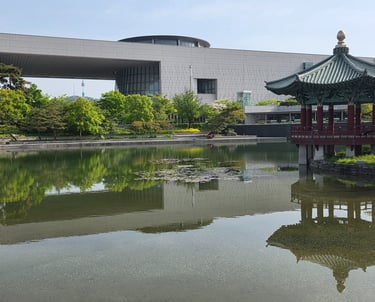
There are many fascinating items in the museum. Prehistoric hand axes, Bronze Age weapons, patterned roof tiles from the Goguryeo Kingdom and intricate armour from the Gaya period to name just a few. Of particular note are the Uigwe, books that set out the royal protocols in place during the Joseon Dynasty. The Uigwe include details relating to royal ceremonies, rituals and other important state events and are recognised by UNESCO as a Memory of the World, which is a collection of documentary heritage from all over the world that is recognised as having outstanding universal value. The museum also houses regular special exhibitions too. Recent examples include the Culture and Histories of Indigenous People in North America (2024) and Mana Moana, Arts of the Great Ocean, Oceana (2025). Entry to the permanent exhibition hall is free, whilst a fee is payable for entry to any special exhibitions.
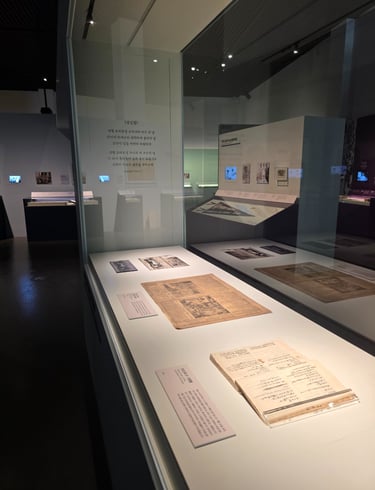


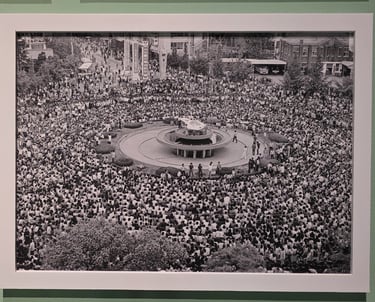

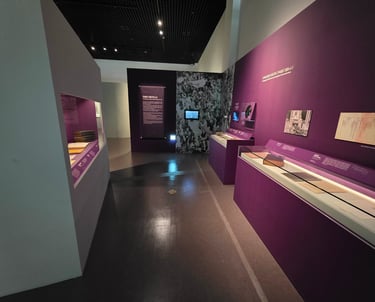
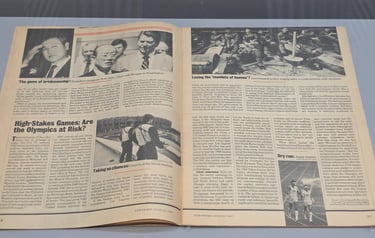

The National Museum of Korean Contemporary History in Seoul is in the vicinity of several other cultural heritage attractions: Gyeongbokgung Palace, Gwanghwamun Gate, The Story of King Sejong and Admiral Yi Sunshin exhibition, and more. It should definitely not be overlooked as it provides a glimpse of South Korea's recent past. Its permanent exhibitions consist of a history gallery and an interactive gallery. This history gallery is split into three different time periods. The first focuses on the years 1894 to 1945 and is centred around the themes of freedom, equality and peace. The second explores life after liberation and the Korean War and the third outlines attempts to establish democracy, the changing relationship between north and south and how life has changed in modern times.
The interactive gallery, which takes up a whole floor, recreates scenes from the lives of different generations so visitors can understand more about how lives in South Korea have changed over time. The museum also hosts a number of diverse special exhibitions based around Korean contemporary history. The Performing Arts in Korea Reflect the Times exhibition (2025) in association with the National Theatre of Korea reflected on the origins and changes in Korea's performing arts at different periods of time, whilst the Memory of You (2025) exhibition explored the topic of liberation for the 80th Anniversary of Korea's liberation (2025). If you want to get a better understanding of South Korea and its people today, then the National Museum of Contemporary Korean History is the perfect place to visit as it highlights some of the key events that the country and its people have experienced over the last century or so.

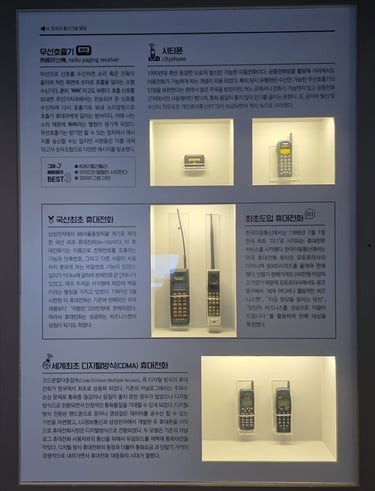
National Museum of Korean Contemporary History


National Museum of Korean Democracy
The National Museum of Korean Democracy in Seoul opened its doors in June 2025. It stands apart from other museums because its focus is on South Korea's modern history. In fact, one of the museum buildings is the old Namyeong-dong Anti-Communist Interrogation Office, which was active in the 1970s and 1980s. Today, the building is infamous because it was the site of state-sponsored interrogations and torture, and it was the site where a pro-democracy student supporter died. The main museum building is made up of three floors with the ground floor displaying various pieces of writing from the period, giving personal insights into the lives of some of those involved in the fight against oppression, whilst the basement floors are dedicated to democracy projects and related media. The Anti-Communist Interrogation Office building has five floors which introduce the building, the context surrounding its use and the individual stories of some of the people involved. The fifth floor is preserved in the form of the rooms where prisoners were held, and descriptions of what happened in some of the rooms, along with short quotes from prisoner statements, are on display. Although some visitors might feel the museum raises an uncomfortable topic, the museum does an excellent job of highlighting a very recent and difficult chapter in South Korean history - one that needs to be confronted rather than hidden.
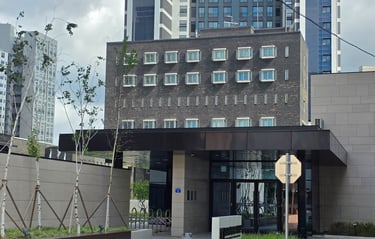

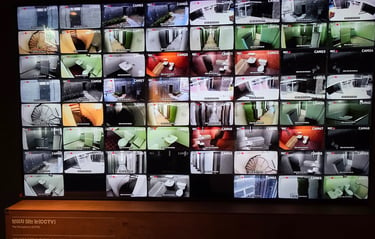

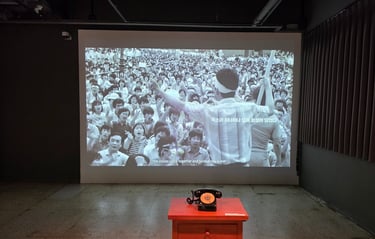

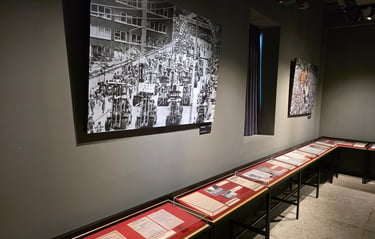

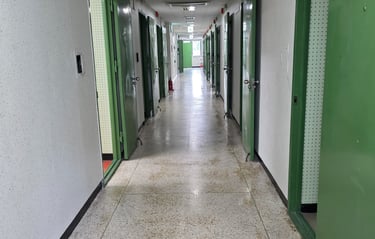

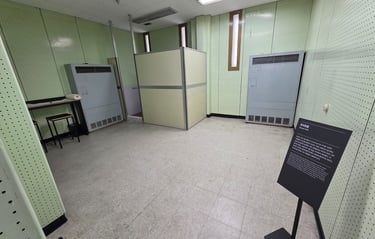

Royal Portrait Museum
The Royal Portrait Museum is located in Jeonju within the Gyeonggijeon Shrine complex. The museum consists of two floors. On the ground level floor there are a number of royal portraits belonging to King Taejo (1392–1398), King Sejong (1418–1450), King Yeongjo (1724–1776), King Jeongjo (1776–1800), King Cheoljong (1849–1864), King Gojong (1864-1907), and his son and last emperor of Korea, King Sunjong (1907–1910). There is also a small display focusing on the brushes and pigments used. The basement level offers a variety of different experiences. You can view a small collection of historical artefacts in the History Hall or see different palanquin designs, including an original palanquin, in the Palanquin Hall. There are also a few interactive experiences that are fun for both adults and kids. Visitors can take a scan of their face, choose from a few different royal outfits, and have them made into a royal portrait that can be downloaded onto a personal device to take away and displayed on a large screen for everyone to see. Alternatively, visitors can design a whole character look and then have the end result displayed on a huge multi-wall screen, riding around the room on a horse. A nice museum for visitors of all ages.
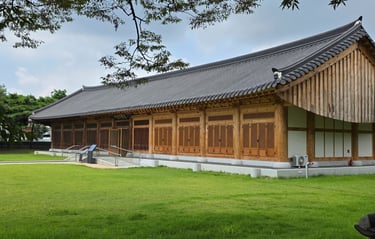

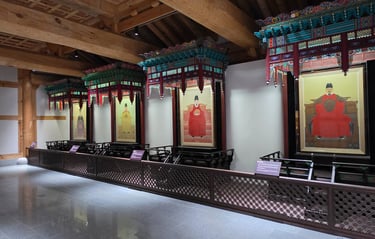

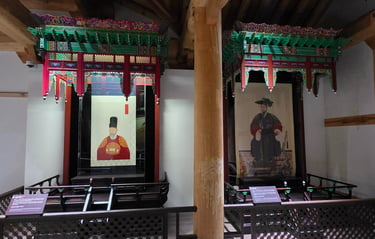

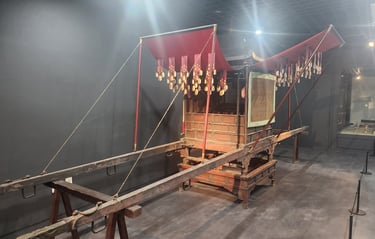

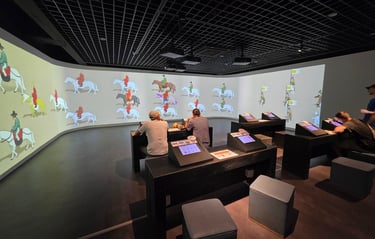

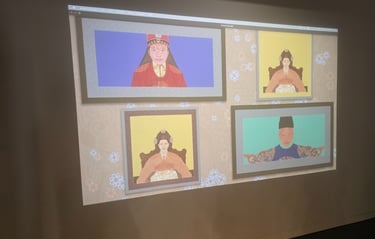

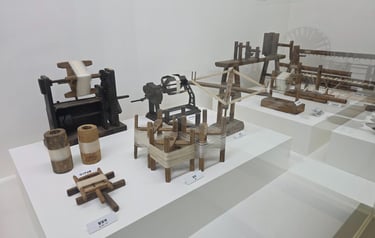

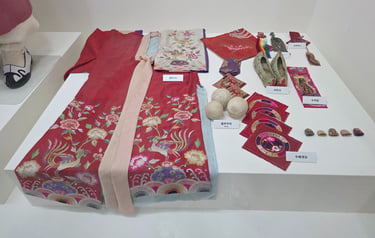

The Silk Exhibition Hall and Workshop can be found in the village of Dusan-ri in Gangwon-do, not far away from the Gameunsa Temple site. It consists of a two floor museum building housing various historical items related to silk making, including tools, looms, some beautiful examples of historical silk clothing and dioramas showing past silk weaving scenes. As you enter the nearby workshop you can see silkworm cocoons resting it water as they are being worked before finally being formed into yarn, ready to be used on the many looms sitting in the workshop. You can even taste beondegi, a Korean street food made from the silkwork pupae being used in the silk making process. On some days you can also see village elders sitting at the looms, or working with the silk, demonstrating the historical silk making techniques that are still being used today.
Silk Exhibition Hall and Workshop


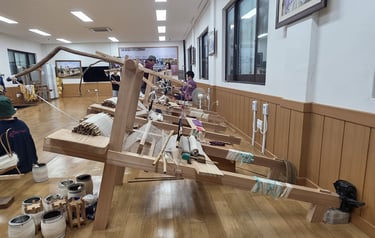

Silla Dynasty Tombs Information Centre and Geumgwanchong Tomb Conservation and Exibition Space
The Silla Dynasty Tombs Information Centre and Geumgwanchong Tomb Conservation and Exibition Space are unexpected gems that are located right next to each other in the tomb rich area of Gyeongju. The Silla Dynasty Tombs Information Centre displays artefacts found in the nearby tumuli and also displays an insightful guide to how tumuli changed over the different historical periods. The Geumgwanchong Tomb Conservation and Exibition Space complements this by giving historical context in relation to the excavation of nearby tombs in the form of a very interesting video, including details of Japanese involvement in this process during Korea's occupation period. The majority of the building is set up as a replica tomb under construction so that visitors can understand the process. If you want to get a better understanding of the history of tumuli excavation and conservation, and the process of and changes in tumuli construction, rather than just view tombs, then these two centres are a must. There is a single small entry fee for access to both.
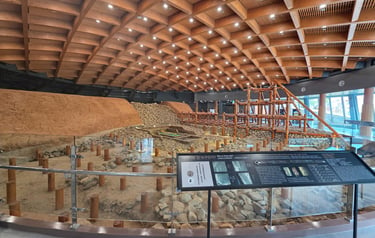

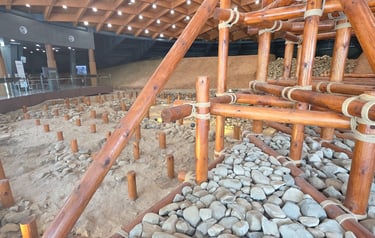

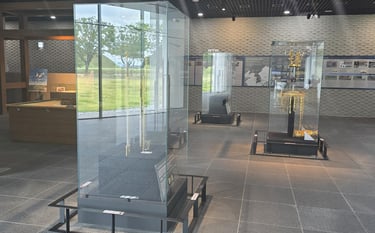


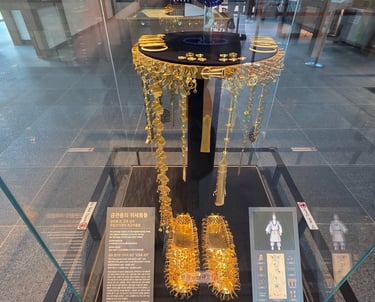





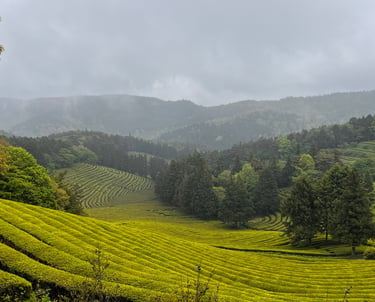
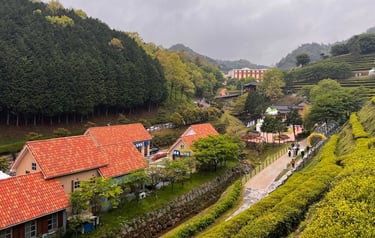

The Tea Museum of Korea is a unique cultural space dedicated to the history and traditions of tea in South Korea and its exhibitions feature over 500 items, including rare tea utensils, tools used in tea processing, and a miniature green tea production line. The museum offers a great educational experience. Visitors can learn about the history of tea in Korea, the stages of growing and processing tea leaves and traditional Korean tea ceremonies. There are thematic exhibition halls covering various aspects of tea culture, souvenirs and tastings which offer a chance to try a range of green tea-infused dishes and beverages. There is also a Boseong Green Tea Festival each year, so do check to see if your museum visit coincides with the festival as visiting them both together offers a rich and immersive experience of Korea's deep-rooted tea heritage set against the stunning backdrop of Boseong's rolling green tea fields.
Tea Museum of Korea

